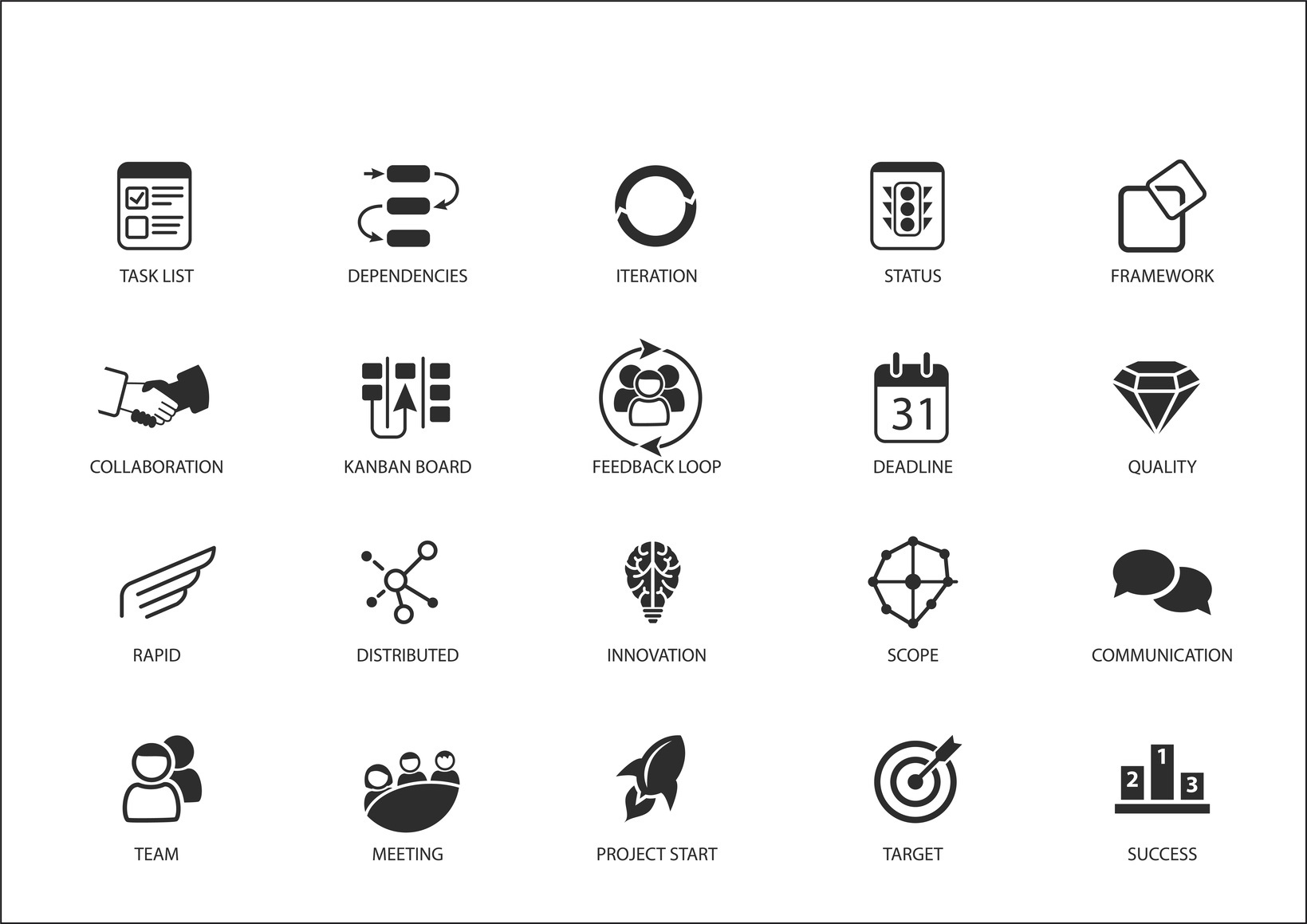
Software is now so central to the success or failure of businesses that the way software is developed is changing the way that companies and other organisations are structured.
This change can be seen from start-up and disruptive early adopters of technology right through to more traditional industries and even government departments.
Most software is now developed in some version of an Agile environment.
This was first adopted as a way to improve the delivery of projects and move away from the disruption of ‘big release’ projects with long delivery times. It was meant to avoid projects taking so long that by the time they were delivered they were no longer relevant to the problem they were meant to solve.
Instead the idea is that software is developed in small, iterative steps with improvements added incrementally – think of the constant, tiny updates which applications on your phone needs compared with the old Microsoft upgrade cycle for desktop PCs or servers.
But agile is now seen as a good way to run more general project management, not just improve the final delivery.
Software development is not inherently different to any other kind of project. The reason agile methods were adopted by software developers first was simply that more money and thought was invested in how they worked compared to other areas of the business.
That is why agile is being embraced by the wider business too.
This means a more distributed structure within the business which puts more responsibility into individual hands.
It means building teams which include people from a variety of departments and finding ways to get them to genuinely work together.
This might sound like a recipe for an awful lot of meetings but the idea is to accelerate development by breaking it down into small chunks.
Increasingly these Agile techniques are being brought to bear on general project management and dealing with the demands of the business which are mutating faster than ever before.
Implementing any kind of change is a big challenge for organisations. For every enthusiast there will be someone who feels fearful or even threatened by the process. The people who have been using existing systems or procedures will naturally feel invested in them and nervous about replacing or altering them.
Many people within the typical organisation will also have experienced disastrous project management where their concerns were not listened to by those in charge.
If the pressure for change appears to come from the top down then the process is likely to hit even more resistance from those who are needed to put the change into practice.
So properly agile change management must put people first.
By putting staff in charge of change they should be aligned and motivated by the project instead of alienated by it.
The final step to strengthen the business is to extend agile skills beyond individual projects and to the business as a whole.
Businesses today cannot afford to stand still. Staff need to be comfortable in an environment of constant change and adaption.
And that requires business leaders to be equally comfortable with change – and by definition it is business leaders who have the most to lose from accepting this.
But it is the very same leaders who should best understand the strength of a business which sees change as a natural part of working life not just something with a beginning and an end.






